Designers are increasingly adopting AI to speed up their workflows and sharing their experiences across all the popular social platforms. The surge of posts from designers discussing AI tools and techniques shows how quickly the design community is embracing this technology. As a manager, I’m inspired by how my team continually explores its potential to enhance their work.
I’ll admit that I looked at AI as it entered all aspects of product development with a bit of skepticism. But the more I see it implemented within different aspects of the product lifecycle, the more encouraged and intrigued I become.
As someone who loves building and creating better ways to approach problem-solving, I decided to try my hand at seeing what I could do with Figma Make.
Goal: Create a mini design system in Figma, establishing a token architecture to enable Figma Make to develop a dashboard.
My first step was to ask Claude what I should focus on for this project.
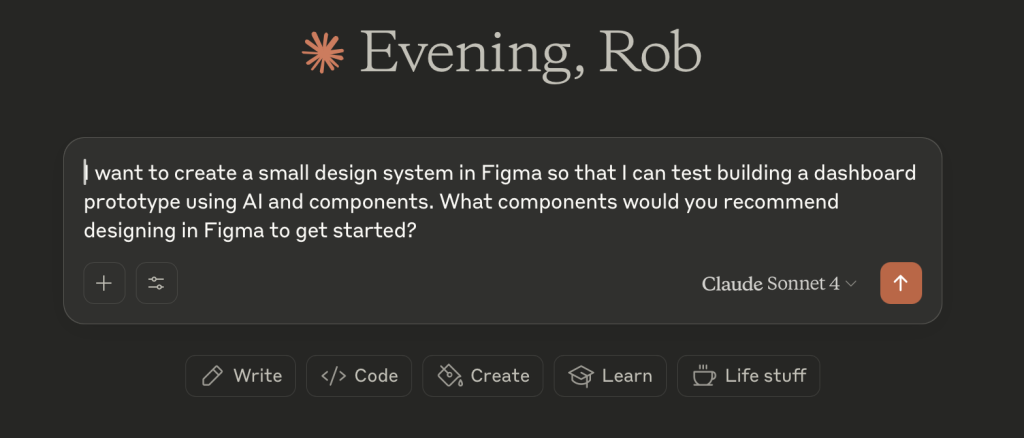
Claude’s response:
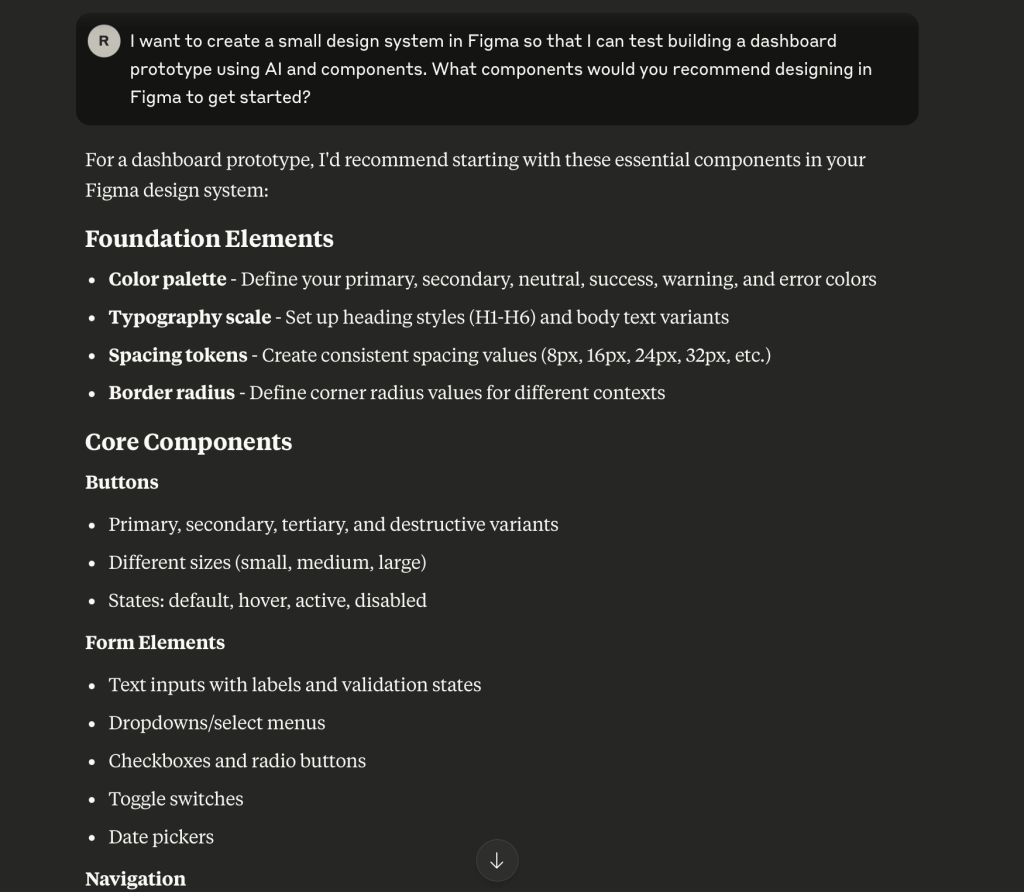
Great! Now I had a reference point to keep me focused on building out my system. With that, I began setting up my token architecture.
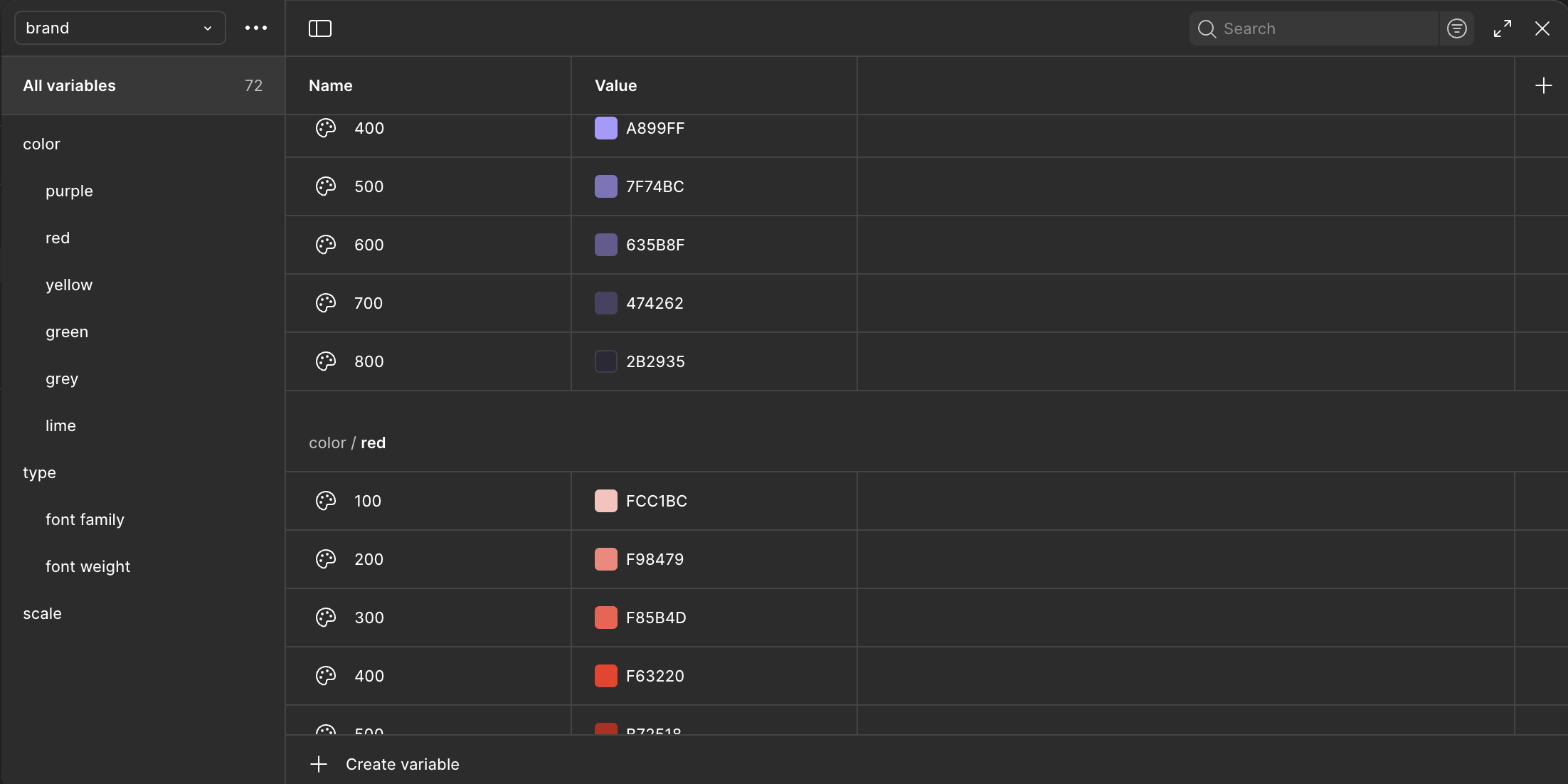
With a basic token architecture in place, I began designing components in my Figma file. Then I had a thought. If I have all my styles defined, can I use Figma Make to build the necessary design components?
The Answer: Yes-ish
I connected my mini token set and asked it to create a set of buttons. Out of the box, it was an excellent start. I had variations in size and type that I would expect from a system.
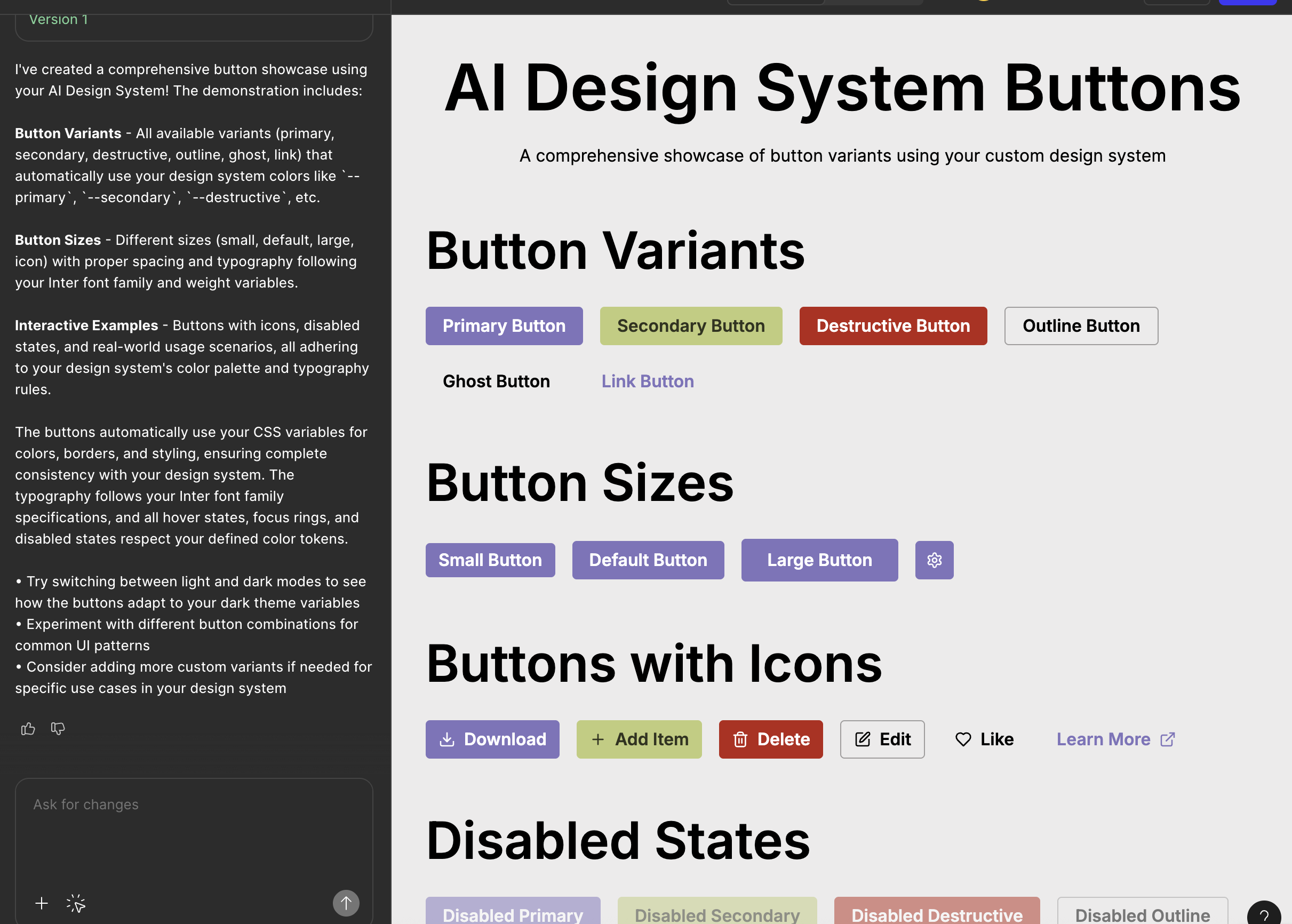
What’s great about Figma Make is that I could take these buttons and migrate them directly into Figma.

Once in Figma, I took the copied elements and applied all the properties to create my variants. Although there might be a faster way to do this, my first attempt didn’t reveal any shortcuts. Still, it was pretty straightforward to create variants from the elements.
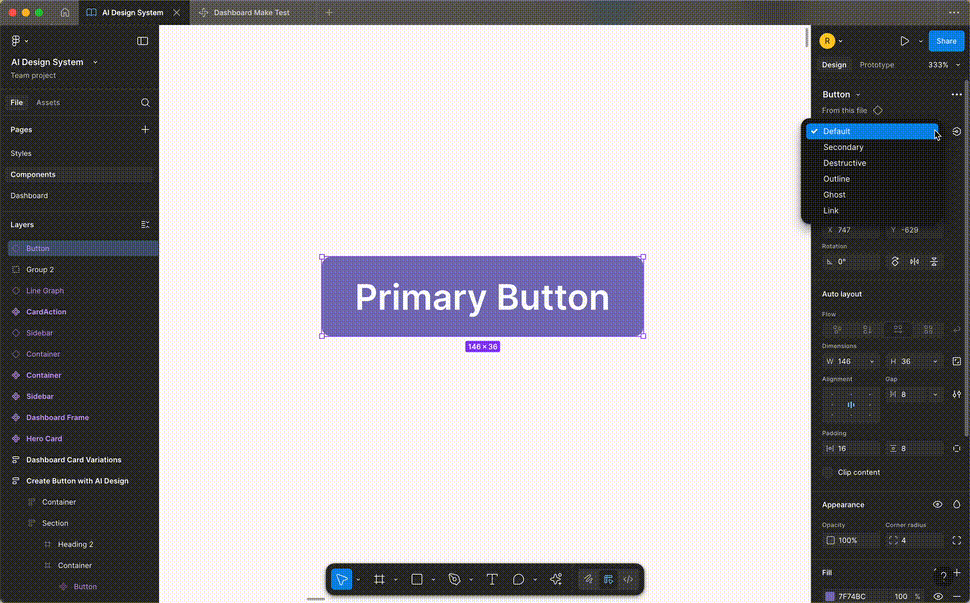
Next, I worked with Make to develop cards and data visualizations for my dashboard concept, all following my token architecture.
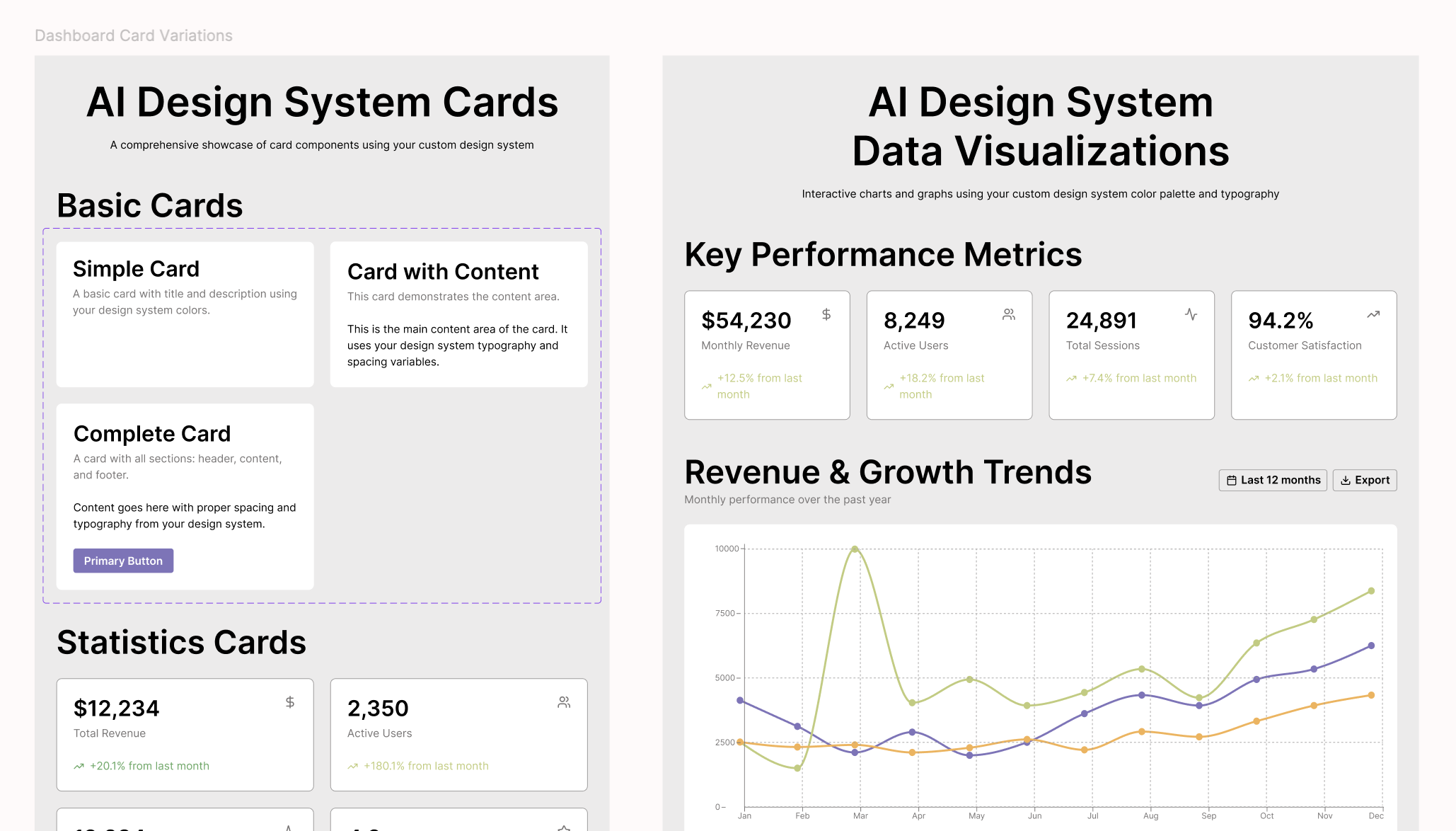
With the other elements in place, I pulled together the dashboard navigation and container.
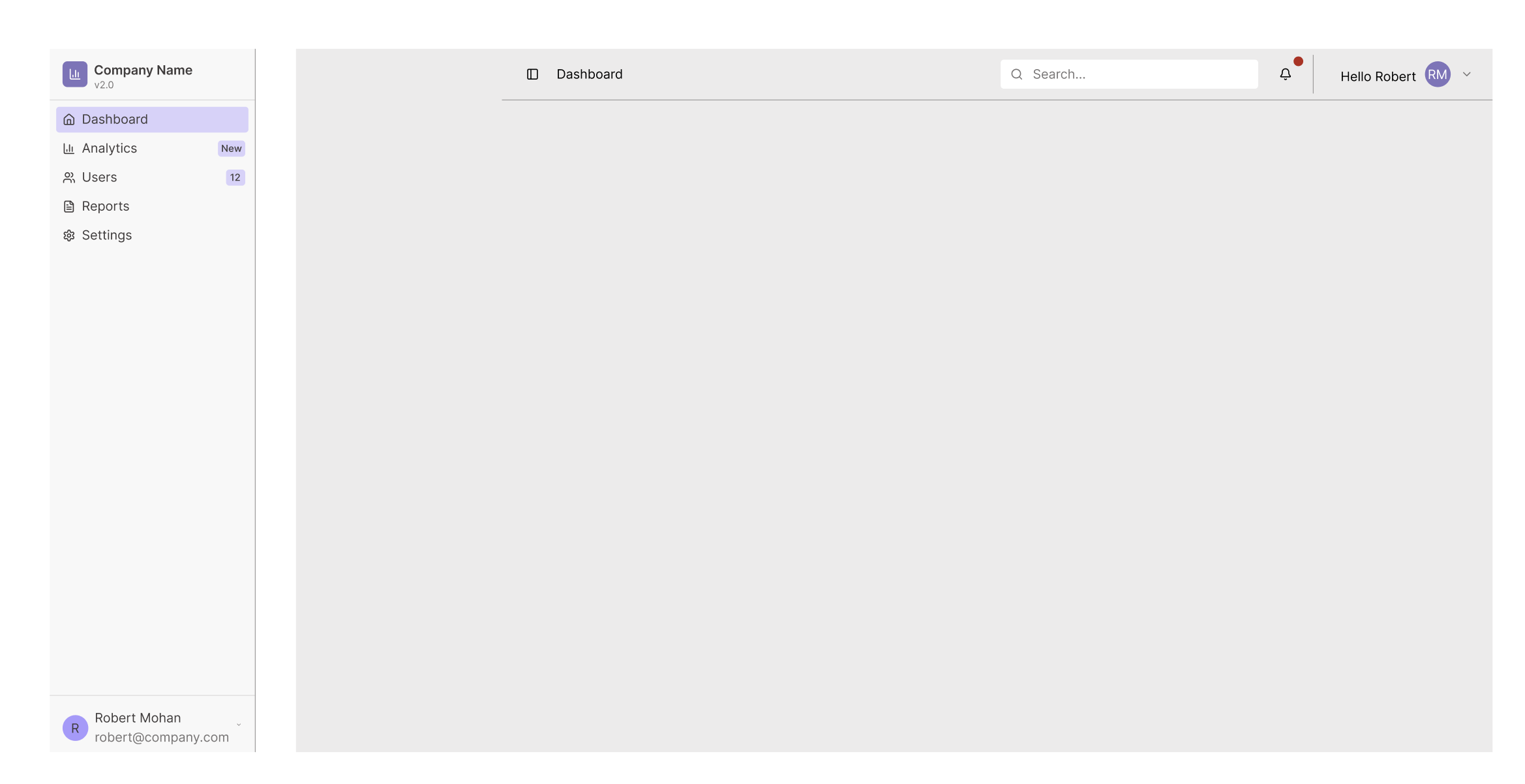
After completing all the individual pieces, I went ahead and laid out my dashboard. I even used an AI feature in Figma to generate some content as a placeholder. Because of my background as a musician, I used the concept of a vinyl pressing plant as a source of inspiration for my content.
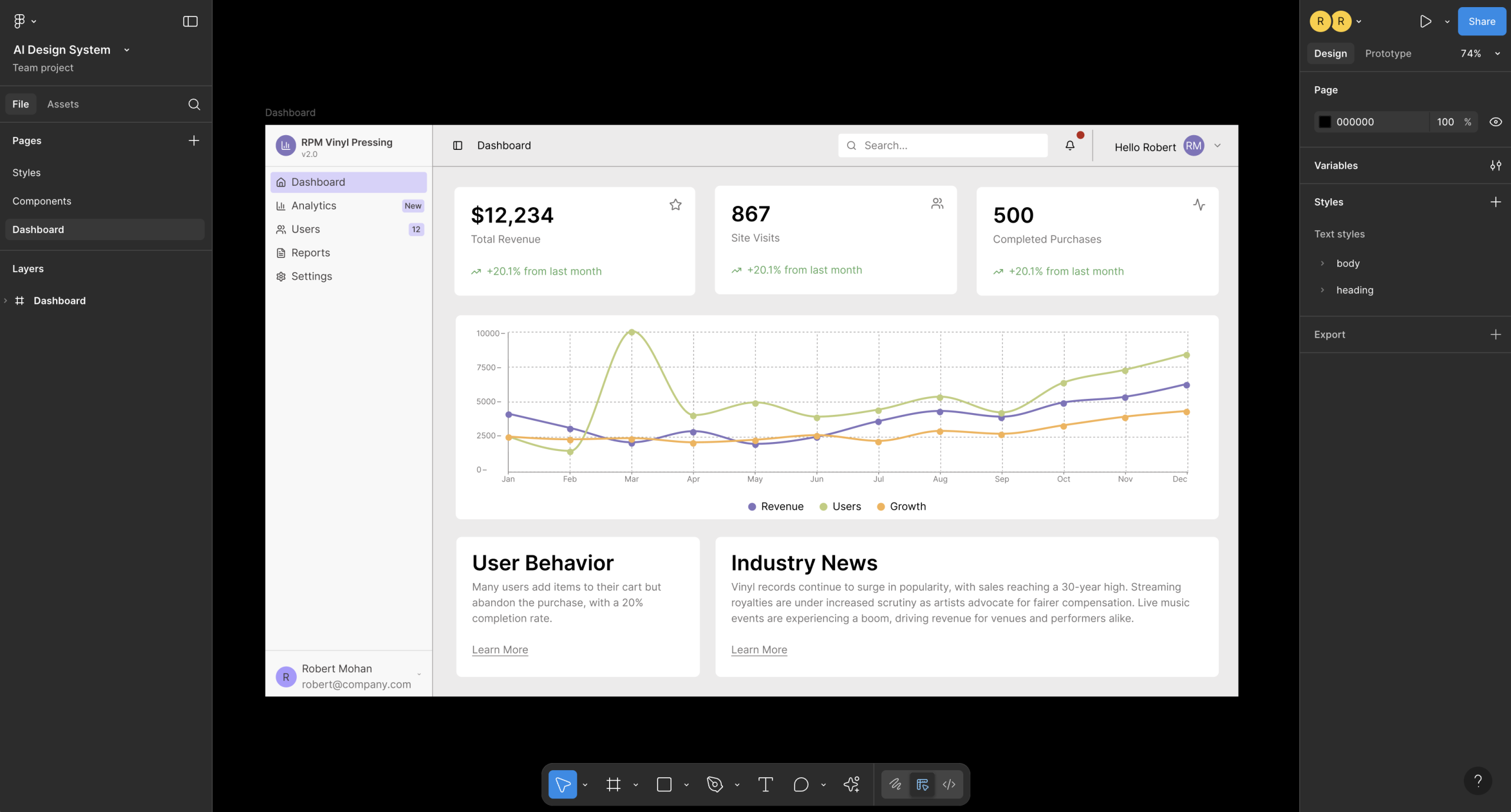
During this process, I had a lot of “this is cool” moments. However, it was this last part that took my expectations to the next level. Once I had constructed the dashboard, it was time to bring everything together in Make.
I provided the prompt that I wanted the dashboard to have interactions, be responsive, and have the navigation drawer open and close.
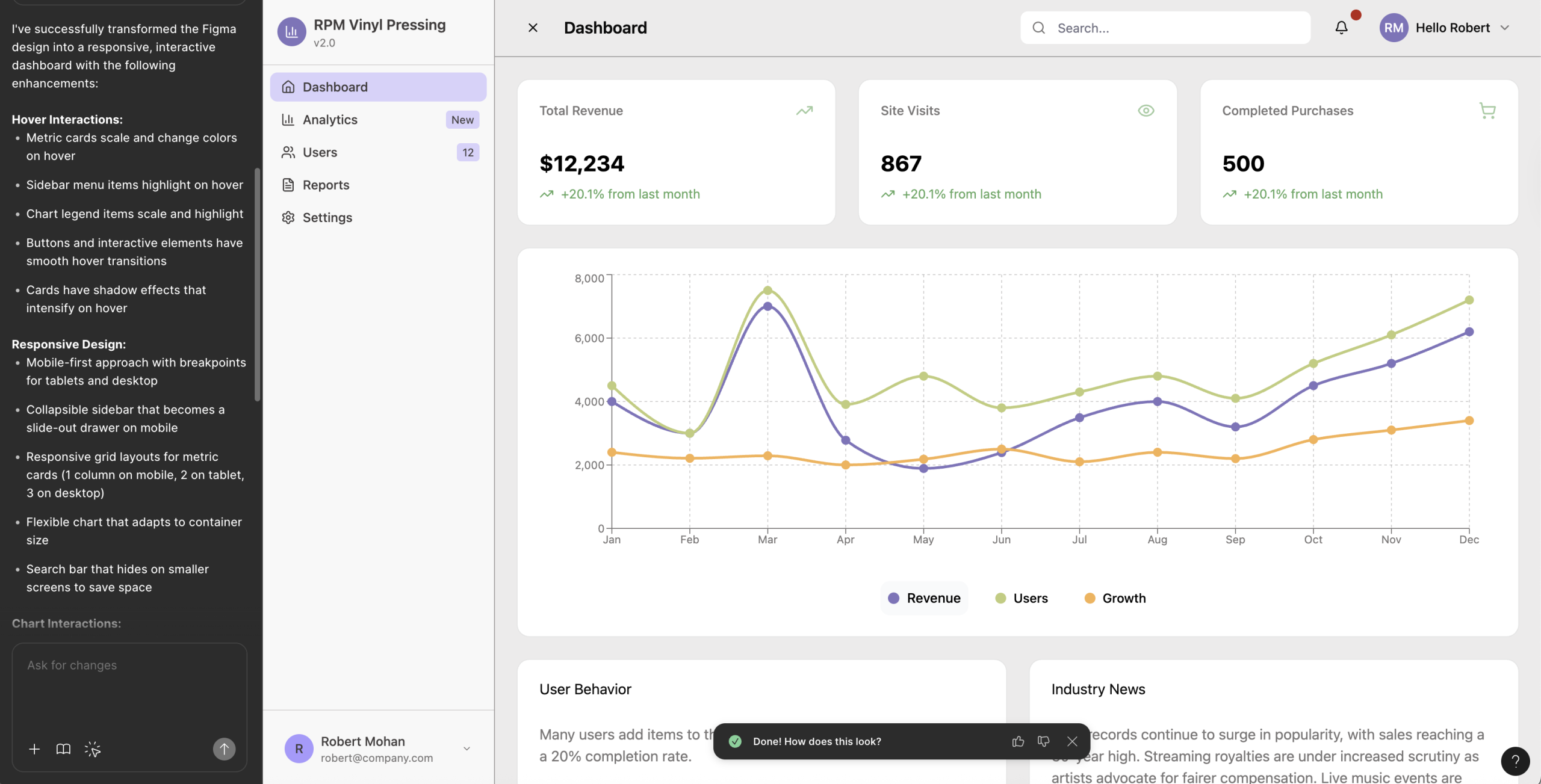
The output was amazing, with all interactions in place. The dashboard was responsive, with some nice easing on resize. The navigation had hover styles, and it opened and closed as expected. The visualizations even had tooltips showing data on hover. In the course of a few hours, I had a fully functioning coded prototype.
You can interact with the output here.
Under the hood, the code looked ok. It’s using React, and I was able to see the structure of the components, which helped me understand what is being used. Was this production-ready code? Not yet, but I am hopeful that we are not far off from a more streamlined design to dev hand-off. For now, it’s a really nice interactive prototype to test.
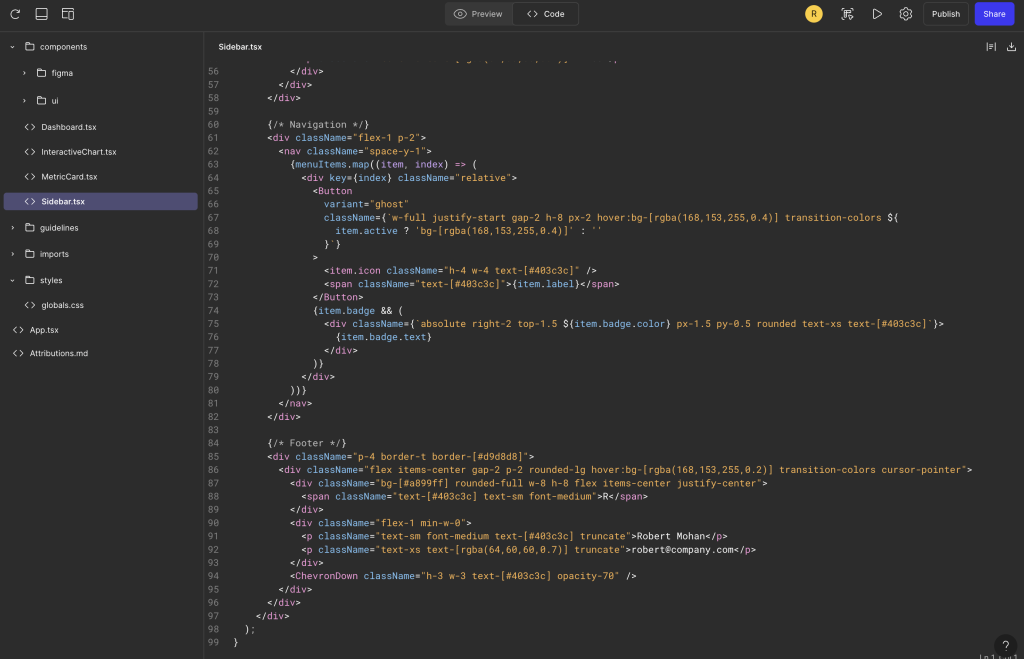
Looking back at this experiment, I’m genuinely impressed by what’s possible when you combine thoughtful design systems work with AI tools like Figma Make. What started as skepticism has turned into curiosity about how these tools can fit into our workflows. The key takeaway for me? AI isn’t replacing the design process—it’s accelerating the parts that used to take hours of repetitive work, letting us spend more time on the creative problem-solving we love. If you’ve been hesitant to explore AI in your design workflow, I’d encourage you to pick a small project and just experiment. You might surprise yourself with what you can build in an afternoon.
